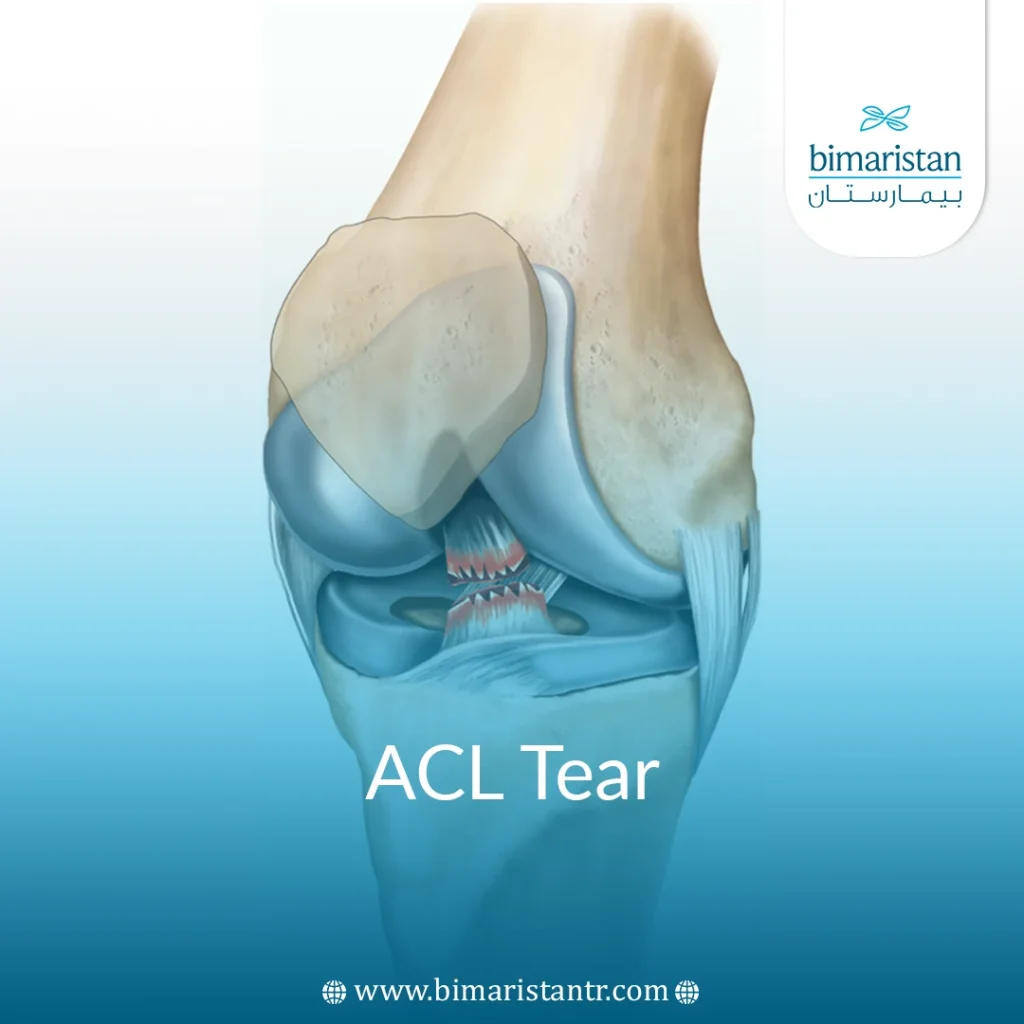ACL Injury: Causes, Symptoms, and Recovery Insights

Introduction
Anterior cruciate ligament (ACL) injuries are becoming increasingly prevalent, especially among athletes participating in sports that involve sudden stops and changes of direction.
Understanding ACL injuries is crucial as they significantly impact the lives of affected individuals, resulting in pain, rehabilitation, and prolonged periods away from sports or regular activities.
What is an ACL Injury?
The ACL is one of the key ligaments that help stabilise the knee joint. An ACL injury typically occurs during activities that require abrupt movements, such as basketball, soccer, or skiing. Injuries can range from mild sprains to complete tears.
Causes of ACL Injuries
There are several common mechanisms leading to ACL injuries:
- Sudden Stops: Athletes often sustain injuries when they halt abruptly while running.
- Changes in Direction: Pivoting or cutting movements can place extreme tension on the ligament.
- Landing from Jumps: Poor landing techniques, especially after jumping, can result in ACL injuries.
Symptoms
Symptoms of an ACL injury can emerge immediately or evolve over time. Key indicators include:
- Pain and swelling in the knee
- A popping sensation at the time of injury
- Instability or giving way of the knee
- Reduced range of motion
Diagnosis and Treatment
Diagnosis typically involves a physical examination by a medical professional, possibly followed by imaging tests such as an MRI to confirm the extent of the injury.
Treatment varies depending on the severity of the injury. Many minor injuries can be managed with rest, ice, and physical therapy. However, complete tears may require surgical intervention to reconstruct the ligament.
Conclusion
ACL injuries can have long-lasting effects not only on athletes but also on recreational sports participants. With the increasing prominence of sports injuries, preventative measures, awareness, and effective rehabilitation are vital.
As research progresses in improving recovery techniques and prevention strategies, individuals engaging in high-risk activities should prioritise techniques to maintain knee health and reduce the risk of ACL injuries. Awareness and education can play a significant role in ensuring safer participation in sports.
